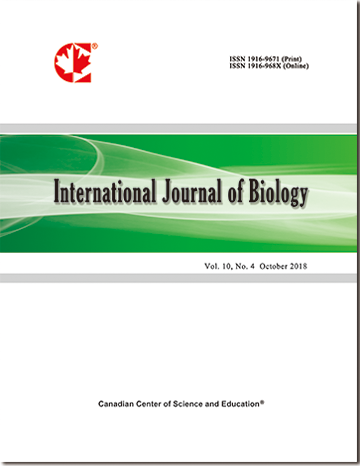Response of Some Soybean Germplasm to Mangan Toxicity
- Heru Kuswantoro
Abstract
In excessive manner, mangan (Mn) as an essential nutrient can be toxic to the plant. This phenomenon often occurs in acid soil. Hence, it is needed gene resources to develop plant in acid soil. The soybean germplasm tolerance to Mn toxicity was tested in seed laboratory, using two factors experimental design. The first factor was Mn toxicity containing two treatments (1) 0 ppm Mn in pH 7 as control, and (2) solution concentration of 75 ppm Mn in pH 4. The second factor was 14 accessions of soybean germplasm. Results showed that generally root characters decreases while shoot characters increased in Mn toxicity condition. However, some genotypes showed different performance. There was one genotype having the highest root dry weight in Mn toxicity condition, i.e. MLGG 0091. The highest root dry weight in this genotype was also supported by the root length and number of roots. MLGG 0091 was also capable to increase the length epicotyle that contribute to the increase in seedling dry weight. Therefore MLGG 0091 can be used as a gene source for tolerance to Mn toxicity.
- Full Text:
 PDF
PDF
- DOI:10.5539/ijb.v7n3p1
Index
- ACNP
- AGRICOLA
- BASE (Bielefeld Academic Search Engine)
- CAB Abstracts
- CiteFactor
- CNKI Scholar
- CrossRef
- DTU Library
- Elektronische Zeitschriftenbibliothek (EZB)
- Excellence in Research for Australia (ERA)
- Google Scholar
- Infotrieve
- LIVIVO (ZB MED)
- LOCKSS
- Max Planck Institutes
- MIAR
- PKP Open Archives Harvester
- Qualis/CAPES
- ResearchGate
- ROAD
- SafetyLit
- SHERPA/RoMEO
- Technische Informationsbibliothek (TIB)
- Universe Digital Library
- WorldCat
Contact
- Ryan JonesEditorial Assistant
- ijb@ccsenet.org
